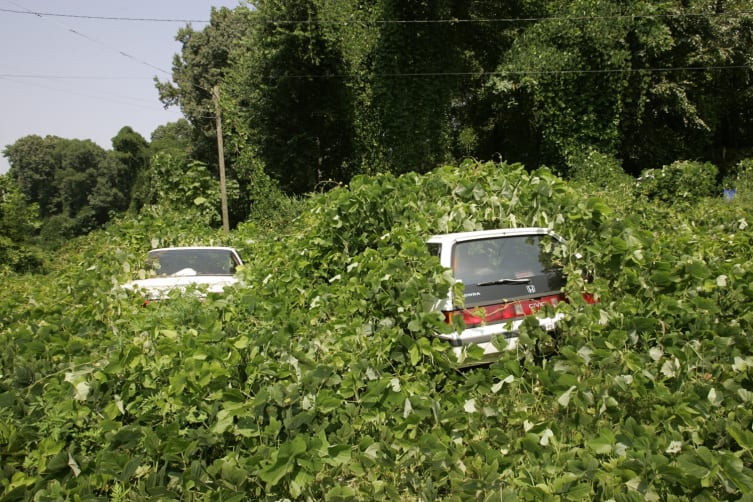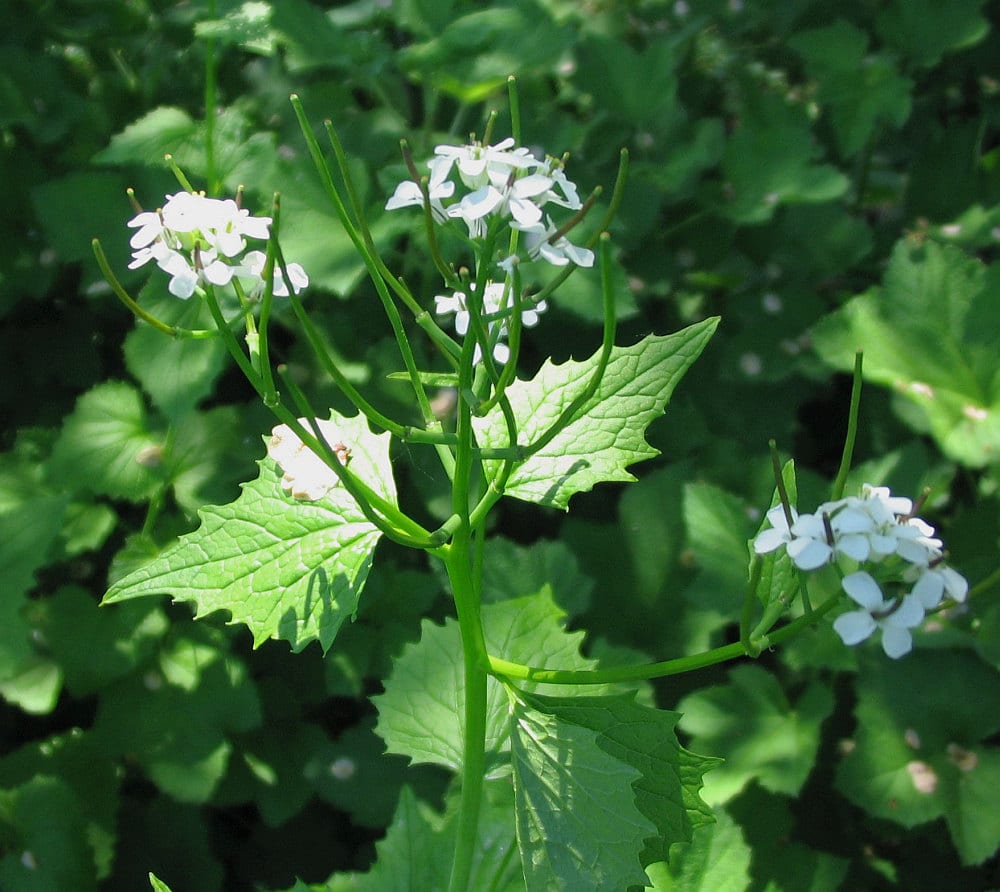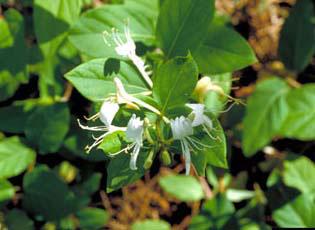Invasive wildlife species, both plant and animal, have made their way into Indiana habitats where they compete with valuable native species. Thanks to their ability to grow rapidly, reproduce quickly, and adapt easily to a variety of habitat conditions, these invaders are thriving and, in many cases, replacing the native species.
This is a problem in our natural landscapes for several reasons:
- Invasive species do not have the same nutritional value of the native species.
- Once invasive species find a suitable growing site, they take over and crowd everything else out.
- Once established, extremely difficult to remove/control.
Invasive plants disrupt the delicate balance that evolution built in a given area.
An important tool in stopping the spread of invasive species is early detection.
“Early detection and rapid response can stop the spread of new and emerging invasive species before they become established. It is one of the most cost-effective and economically viable methods for controlling invasive species and is well worth the effort to protect natural and agricultural resources.”
USDA National Invasive Species Information Center
EDDMapS is a web-based mapping system for documenting invasive species and pest distribution. It is fast and easy to use. You can enter information directly from your smart phone or if you are more comfortable, from your desktop computer. If you spot what you think is an invasive species, you can check to see if it has already been reported in the area and, if not, enter the data. There is a “field guide” to help you identify plants, so you don’t have to have advanced knowledge in identification. www.eddmaps.org/
Are you interested in learning how to use EDDMapS? If there is sufficient interest, LMEC can host training on how to use the program. Contact the LMEC office at 574-842-3686 or lmec@lakemax.org.

Hi, I’m Debbie Palmer. I received a BS in Horticulture from Purdue University. Here at LMEF, I am responsible for outreach presentations, monitoring the lake and it’s wetlands, project manager for restoration and research projects, and act as a community resource for all things related to the well-being of Lake Maxinkuckee and its surrounding watershed. I completed Indiana Watershed Leadership Academy, volunteer with the Indiana Clean Lakes Program, Hoosier River Watch and Marshall County Lakes and Waters and serve as a Board Member for Indiana Lakes Management Society.




I have a tree with winter creeper.